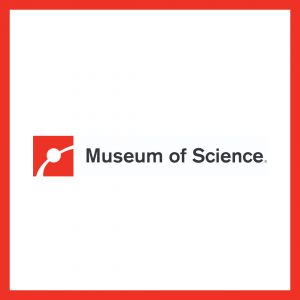Word of the Day
mezzaluna
noun
a crescent-shaped, single- or double-bladed chopping knife, with a handle on each end or a connecting handle.
More about mezzaluna
Mezzaluna, “a crescent-shaped chopping knife,” literally means “half-moon, crescent” in Italian and is a compound of mezza, feminine of mezzo “middle,” and luna “moon” (compare the recent Words of the Day lunisolar and perilune). Mezzo, which is also the source of the loanword mezzanine “the lowest balcony in a theater,” comes from Latin medius “middle,” which is a distant relative and synonym of English middle and Ancient Greek mésos. A common trend is for Latin -cae-, -di-, -te-, and similar combinations before vowels to become -zz- in Italian. Just as medius became mezzo, Latin Nīcaea “Nice” became Italian Nizza, puteus “(water) well” became pozzo, and statiō “standing-place” became stazzo “fold, pen.” Mezzaluna was first recorded in English in the early 1950s.
how is mezzaluna used?
The mezzaluna, with its half-moon-shaped blade and knobby handles at each end, possesses the simplicity of a tool like the hammer. Its design recalls an earlier time, before the food processor, and before home cooks had knife skills worthy of a restaurant kitchen.
The curved blade design is modeled on a mezzaluna, … which has a much shallower curve and often (but not always) has two handles to make rocking it back and forth over the leaves a much less strenuous affair, taxing your strong arms instead of twisting one wrist in an unnatural fashion.
areology
noun
the observation and study of the planet Mars.
Why the Museum of Science chose areology
Dictionary.com is collaborating with the Museum of Science, Boston, to bring science—and words—to life for millions around the world through “Science Word of the Week,” a weekly series that will describe scientific terms, their meanings, and how they are used. The partnership stems from a common theme in mission between us to inspire a love of words and science in everyone.
Right now, a rover on Mars is collecting rock samples that will help us learn more about the planet and may help us determine if life ever existed on Mars. Watch the video below to hear more fun facts about areology from science communicator, Alex Dainis, Ph.D.
More about areology
Areology is based on the Ancient Greek word for Ares, the god of war, plus -logy, which indicates the science or study of a topic. Some linguists have traditionally derived Ares from the Greek word for “damage, disaster, doom,” but others consider the name to come from a lost language once spoken in what is now Greece. Take care not to confuse the god Ares with the constellation Aries, which is unrelated and comes from the Latin word for “ram.” Areology was first recorded in English in the early 1880s.
EXAMPLE OF AREOLOGY USED IN A SENTENCE
From Galileo’s observations to NASA’s missions, interest in areology has fueled scientific discoveries for centuries!
FUN FACT ABOUT AREOLOGY
While geology refers to the study of the planet Earth, areology is the Martian version. Learn more fun facts at the Museum of Science.

evection
noun
a periodic irregularity in the moon's motion, caused by the attraction of the sun.
More about evection
Evection, “a periodic irregularity in the moon’s motion,” comes from Latin ēvectiō (stem ēvectiōn-) “a going upwards, flight.” Ēvectiō is based on the verb ēvehere “to carry forth, move forth,” from ē (or ex) “out of, from, beyond” and vehere “to carry, drag.” Vehere has two common stems in English: veh-, as found in vehement and vehicle, and vect-, as in convection and vector. Distant relatives of vehere in English include way, wagon, weigh, wiggle, and even Norway (literally “north way”). Evection was first recorded in English in the 1650s.
how is evection used?
The point at which a moon and its planet come closest together, known as periapsis, is not constant …. When the period of this precession matches the time it takes the planet itself to orbit the sun, the sun’s gravity will distort the moon’s orbit. This is evection.
Jeremiah Horrocks[’s] … life was short, but he accomplished a great deal, and rightly ascribed the lunar inequality called evection to variations in the value of the eccentricity and in the direction of the line of apses, at the same time correctly assigning the disturbing force of the Sun as the cause.